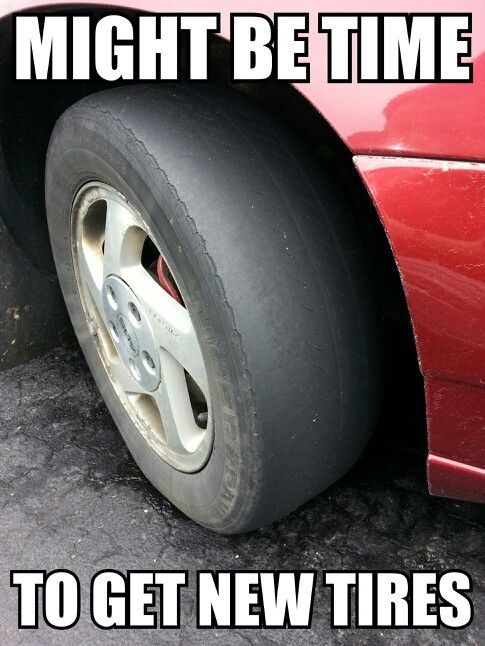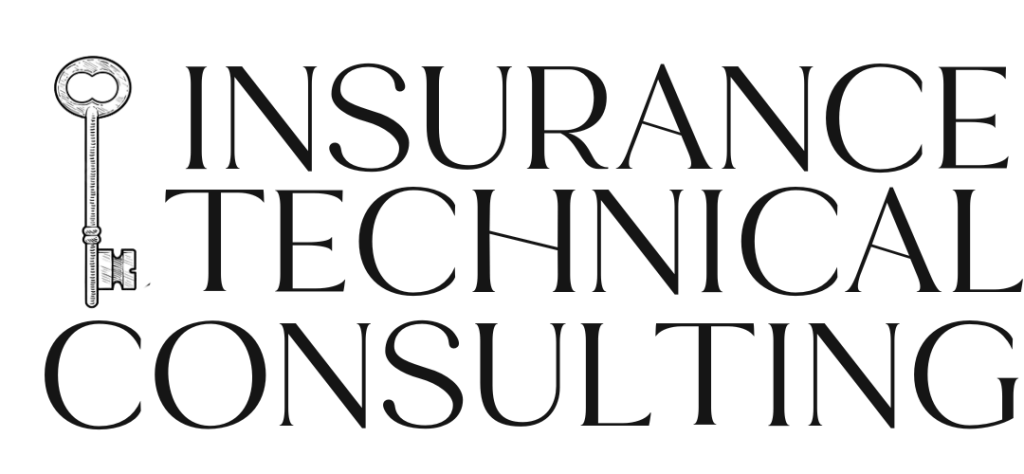
Many businesses have non-owned auto exposure, employees driving their own vehicles in the course of business. While the insurance policy may provide coverage, managing the risk is often overlooked.
Risk management strategies can be used to reduce this exposure. After a non-owned accident is a bad time to find out just how low the limits are on the personal policy; a huge percentage of Americans purchase only the minimum limits. In addition, if the business knew or should have known about the employee’s poor driving record, lack of a license, incompetence, recklessness, etc, the business may find itself facing claims of gross negligence or negligent entrustment.
There are ways to manage the risk. Businesses may want to consider taking reasonable steps so that its employees drive safely while at work.
Just as there is an MVR review program for drivers using a company vehicle, the same review should be applied to drivers using a personal vehicle. Establish guidelines for qualified drivers, whether for company or personal vehicles. An employee with DUI or negligent driving citations probably should not be driving for the business. The employee should be licensed in the state where the vehicle is operated.
Write a protocol requiring maintenance and repairs of personal vehicles. Bald tires and worn brakes greatly increase the likelihood of an accident, and increase the potential damage and injury caused. The protocol could also include requiring safety features, such as seat belts, anti-lock brakes, backup camera.
Require minimum liability limits of at least $300,000, and require evidence of the limit. A huge percentage of Americans purchase only state minimum limits. The NOA policy of the business will come on top of the personal policy’s limit.
Establish a policy on use of the vehicle. Is it permissible to use a cell phone while driving? Is loading or unloading permissible? Can passengers ride along? If so, specify what type. Contractors, vendors, clients, fellow employees?
Use an accident reporting policy, perhaps with a standardized accident report. This may already be provided to drivers of company vehicles, and can be expanded to drivers of personal vehicles.
A few steps can decrease the likelihood of accident, decrease the severity of an accident’s effect on the business’ loss history, and protect against allegations of negligence. These are all good reasons to add some pages to the Employee Manual.
Do your validating producers understand NOA, or know where to learn about it? Insurance Technical Consulting
specializes in one-on-one mentoring of commercial producers so they gain confidence in what they are selling and make fewer errors. Save your agency time with potential to increase revenue and reduce E&O costs. Explore the website at InsuranceTechnicalConsulting.com for more information.
Share Post :
